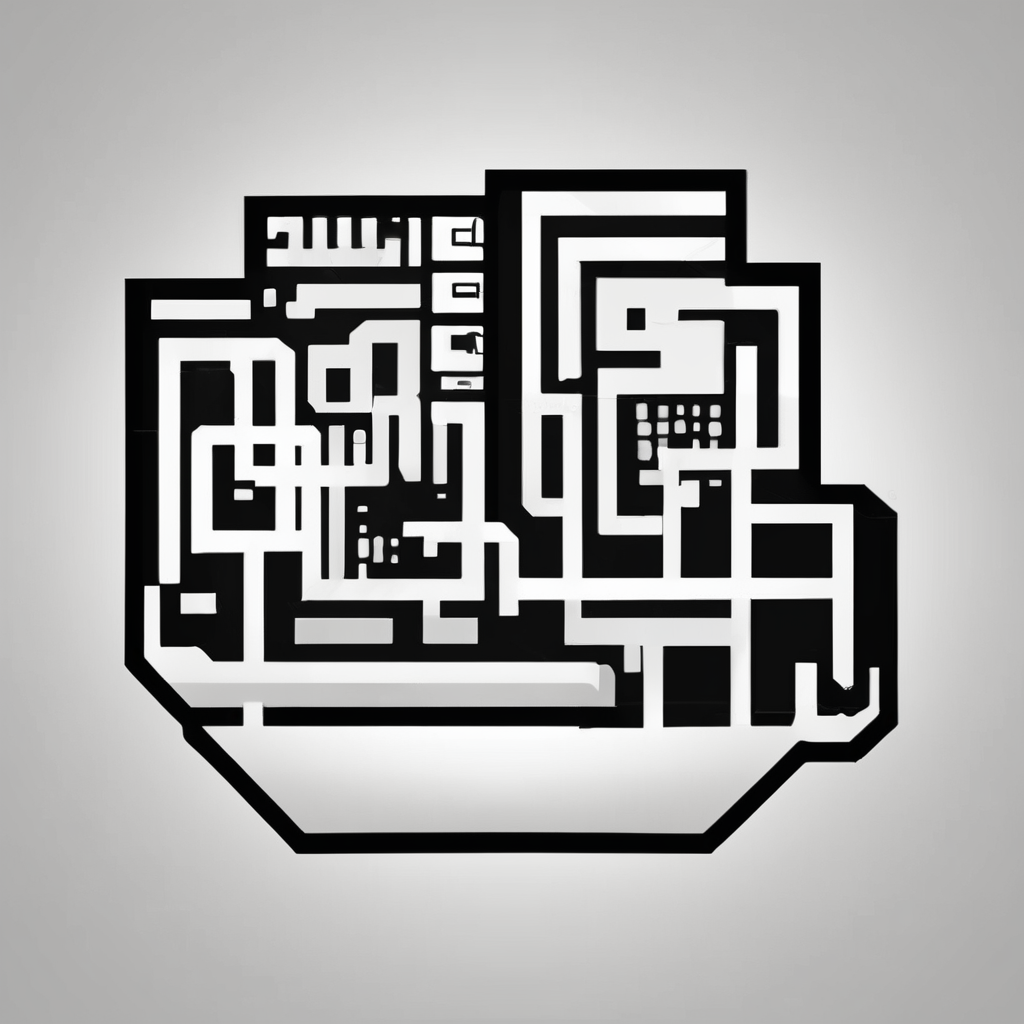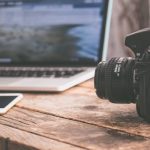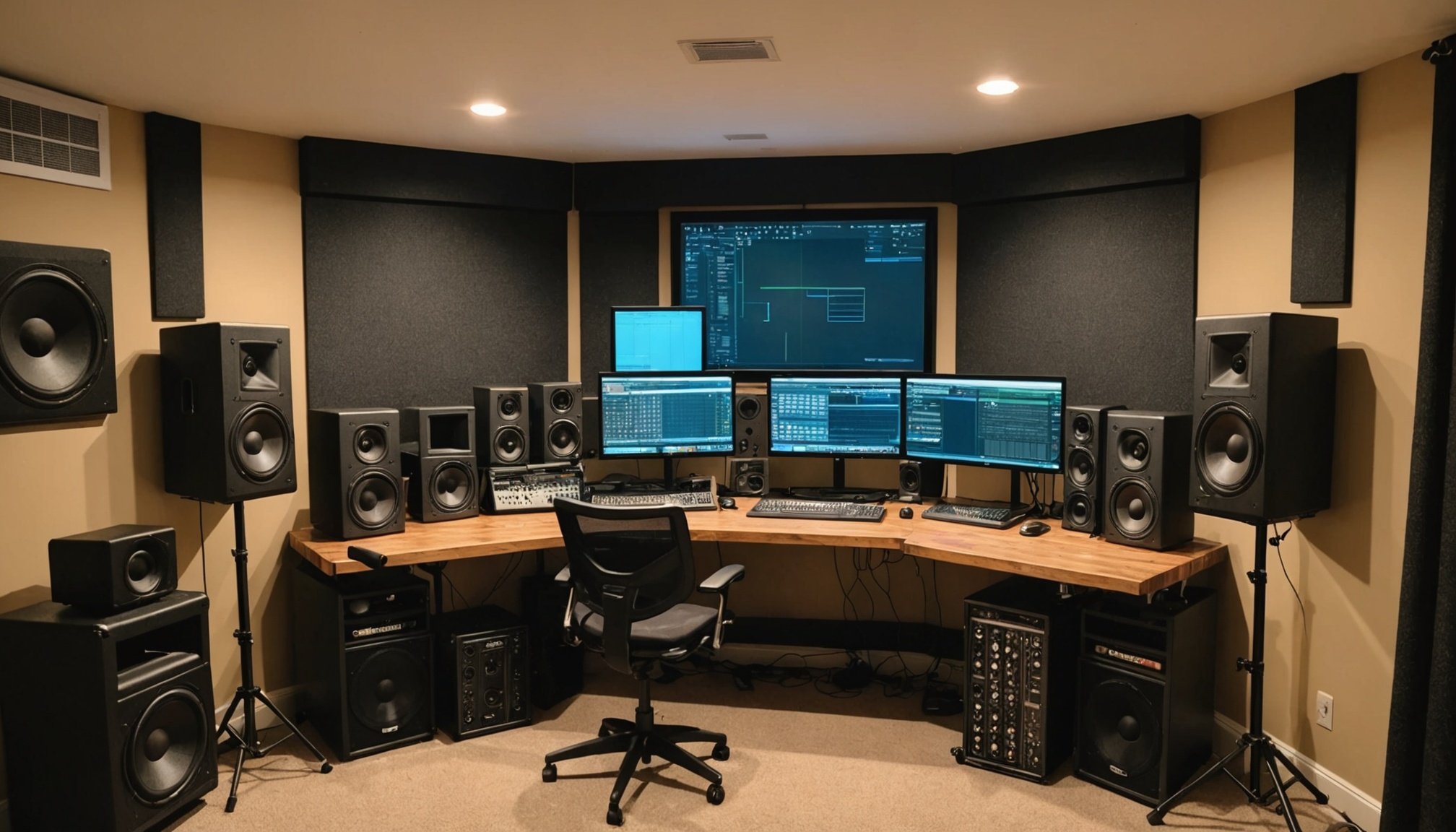Understanding Noise Sources in a Home Recording Studio
Delving into the intricacies of a recording studio environment, it’s crucial to identify the common sources of noise that could hinder your audio quality. Home settings often introduce an array of noise sources that can degrade recordings. These typically include household appliances, street traffic, and even HVAC systems. Each of these noise sources contributes uniquely to the ambient soundscape, posing challenges for pristine audio capture.
Understanding the impact of noise on audio quality is pivotal. In a recording studio environment, unwanted sounds can drown out the desired audio signal, leading to a muddied and less professional end product. Moreover, these noise sources often introduce low-frequency rumble or high-frequency hum, which can clash with the desired recording.
Additional reading : Mastering 4k streaming: essential tips to perfectly link qnap ts-451+ nas with plex media server
It’s essential to differentiate between background noise and sound reflections to address these concerns effectively. Background noise is typically continuous and somewhat consistent in nature, stemming from external or internal sources like air conditioners or traffic. On the other hand, sound reflections occur when audio bounces off surfaces within the room, creating echoes or reverberation. Proper treatment of your recording studio environment, like using acoustic panels or improving insulation, can minimize these disruptions, enhancing audio clarity and quality.
Importance of a Tailored PC Configuration
In the pursuit of a serene recording experience, a tailored PC configuration can make all the difference. By optimizing your system, you not only enhance performance but significantly impact computer noise reduction—a crucial aspect for any recording enthusiast.
In the same genre : Maximize your synology ds918+: effective storage and backup techniques for a streamlined home office
Hardware selection plays a pivotal role in noise reduction. Choosing components such as fans, power supplies, and solid-state drives specifically designed to operate silently is essential. High-quality fans, for example, can dissipate heat effectively while producing minimal noise, and solid-state drives are inherently quieter than traditional hard drives due to the lack of moving parts.
On the software side, configurations can be equally influential. Adjusting system settings, such as reducing the fan speed in your BIOS, can further aid in minimizing noise. Additionally, utilising software applications designed to calibrate and control your PC’s hardware can offer tailored solutions for reducing sound output.
The synergy between hardware and software settings creates a balanced environment where performance does not compromise acoustic serenity. The strategic combination of these elements ensures a quieter, more pleasant ambiance, enabling users to focus enhancing their creative output without the distraction of unwanted noise. A well-designed tailored PC configuration thus becomes indispensable for achieving optimal results.
Recommended Hardware for Noise Reduction
Navigating the world of noise-reducing hardware can be daunting, but with the right studio equipment recommendations, achieving a quieter environment can be straightforward.
Silent PC Cases
Silent PC cases are designed to minimize sound emissions from your computer. They are typically constructed with materials that absorb noise rather than reflect it. Inside these cases, sound-dampening foam and padded panels are often used to mitigate vibrations. They also feature rubber grommets and mounts that isolate noise-producing components like hard drives. Opting for a silent PC case can significantly reduce ambient noise in your workspace.
Low-Noise Fans
To tackle noise in cooling systems, low-noise fans are essential. These fans are engineered with advanced aerodynamics to decrease noise while maintaining efficient airflow. Quiet operation is further enhanced by sleeve or hydro-dynamic bearings, which reduce friction. When evaluating these options, consider the fan’s RPM—slower speeds generally produce less noise but still cool effectively when designed properly.
Acoustic Treatment Products
Acoustic treatment products play a vital role, providing acoustic insulation materials to enhance sound quality in any room. Acoustic panels, bass traps, and diffusers absorb excess sound energy and reduce echo, contributing to a peaceful and controlled auditory environment. Employing these products can transform your studio into an oasis of clarity.
Software Solutions for Reducing Noise
Reducing unwanted noise from audio can be a game-changer, especially in professional settings. Digital audio workstations (DAWs) are a great starting point for noise elimination. Tools like Ableton Live, FL Studio, and Logic Pro have built-in noise reduction features that are versatile and efficient.
Another effective approach is using dedicated noise reduction software plugins. iZotope RX and Waves NS1 are prime examples, designed specifically to remove background noise without compromising audio quality. These plugins integrate seamlessly with most DAWs, enhancing your setup with minimal fuss.
Apart from eliminating background disturbances, some software also assists with audio editing for improved clarity. Adobe Audition is renowned for its comprehensive suite of tools. It allows meticulous editing, ensuring every sound is clear and enhanced. Whether you’re fine-tuning a podcast, a song, or a video, having the right software can make a big difference.
Opting for specialised audio software solutions not only refines sound quality but also boosts productivity. This selection of software empowers even beginners to produce professional-level audio, thanks to intuitive interfaces and robust functionalities. Investing in these tools is a step towards achieving clearer, more polished sound.
Acoustic Treatment Strategies
In the pursuit of perfect sound, acoustic treatment is a vital consideration. It primarily revolves around methods such as absorbers, diffusers, and bass traps. Each plays a unique role in refining sound quality. Absorbers are designed to minimize reflections, eliminating echoes by soaking up unwanted noise. A strategic placement around the room ensures sound clarity. Diffusers scatter sound waves, maintaining a balanced sound environment without deadening the room.
A critical component of soundproofing techniques, bass traps target low-frequency noise that often causes discomfort. Placed in corners where bass builds up, these traps eradicate the muddiness from the sound.
A well-thought-out room layout is essential for optimal acoustic performance. Make sure that speakers are set at ear level and spaced correctly to avoid obstructions. The right combination of soundproofing techniques can transform an echo-filled room into a pristine listening space.
For the DIY enthusiast, there are practical acoustic treatment solutions available. Consider using thick carpets, heavy curtains, or homemade panels packed with insulation material. Even specific furniture arrangements can make a notable difference. Such budget-friendly options provide effective soundproofing techniques without breaking the bank, proving that a well-tuned room is within everyone’s reach.
Creating an Ideal Recording Environment
Establishing a perfect recording environment is crucial for high-quality audio. Ensuring sound clarity requires thoughtful planning and the effective application of sound isolation techniques.
Setting Up Your Recording Space
Arranging your recording space with optimal recording environment optimization involves strategically positioning equipment and furniture. This setup should focus on reducing sound reflection and enhancing the room’s acoustics. For instance, placing absorptive materials like carpets and curtains can significantly dampen sound reverberation. Moreover, positioning your microphones and monitors accurately can further minimize unwanted noise interference.
Controlling External Noise
Implementing sound isolation techniques is essential to keep outside noise at bay. Techniques such as adding sealing strips to doors and windows, or using soundproof curtains, help block out external disruptions. For a more professional setup, installing acoustic panels or bass traps can dramatically diminish noise pollution coming from outside the recording space.
Testing Your Setup
Once your studio is set up, it is vital to test and measure the sound quality. Use audio tests to identify any persisting noise issues or acoustic imbalances. Adjust your setup accordingly to maintain the sound integrity. Consistently revisiting these elements ensures an optimal recording environment for flawless audio capture.
FAQ on Silencing a Home Recording Studio
In the world of home recording studios, noise management is a critical consideration for anyone looking to achieve high-quality sound. Let’s dive into some common questions and debunk myths surrounding this topic.
One prevalent myth is that only high-end equipment can ensure complete sound isolation. However, effective noise reduction doesn’t always require breaking the bank. Budget-friendly solutions such as foam panels or heavy curtains can significantly reduce ambient noise, making it feasible to improve sound quality without expensive investments.
Frequently Asked Questions
What’s the best way to soundproof a home recording studio?
A mix of strategic insulation, such as using carpets, rugs, and wall panels, combined with double-glazed windows, can dramatically reduce external noise interference.
Can I achieve professional-quality sound at home?
Yes, with careful planning and the right equipment, you can reach professional levels. Focus on positioning equipment correctly and investing in quality microphones and headphones, which can make a noticeable difference.
Addressing these recording studio FAQs can clear up misconceptions. Many believe complete silence is necessary, but actually, managing and mitigating noise effectively is the key. Understanding your setup’s nuances will empower you to create the desired acoustic environment.
Resources and Tools for Further Optimization
Optimizing a recording studio requires an understanding of key tools and resources. It’s not just about having a good microphone; it’s about knowing how to use everything to your advantage.
Recommended Reading
To deepen your comprehension of audio engineering, several books and articles are highly recommended. Titles like “Mixing Secrets for the Small Studio” offer detailed insights into sound optimization. It delves into practical tips and techniques that can be easily implemented in various studio environments. Another helpful read is “The Art of Mixing” by David Gibson, which provides a visual approach to understanding the complexities of audio mixing. Engaging with these resources will significantly enhance your skills and knowledge about studio dynamics and audio fidelity.
Useful Online Tools
The internet offers a plethora of optimization tools to refine your recording setup. Online calculators are invaluable for tasks like room mode calculations and speaker placement, ensuring optimal sound quality. Websites such as Gearslutz offer forums where professionals discuss effective studio optimization techniques and share first-hand experiences. This community support can offer fresh perspectives and practical advice, enhancing your studio’s performance. Incorporating these tools and resources is instrumental in achieving a professional-grade recording environment.
Using these resources strategically can take your audio engineering skills to the next level, allowing for a more professional and polished sound.






